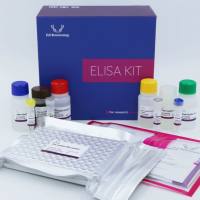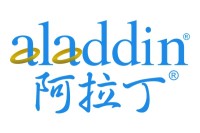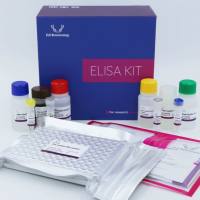Human Chondrocyte Cultures as Models of Cartilage-Specific Gene Regulation
互联网
|
Collagens |
|---|
|
Type II |
|
Type IX |
|
Type XI |
|
Type VI |
|
Types XII, XIV |
|
Proteoglycans |
|---|
|
Aggrecan |
|
Versican |
|
Link protein |
|
Biglycan (DS-PGI) |
|
Decorin (DS-PGII) |
|
Epiphycan (DS-PGIII) |
|
Fibromodulin |
|
Lumican |
|
PRELP (proline/arginine-rich and leucine-rich repeat protein) |
|
Chondroadherin |
|
Perlecan |
|
Lubricin (SZP) |
|
Other noncollagenous proteins (structural) |
|---|
|
Cartilage oligomeric matrix protein (COMP; thrombospondin-5) |
|
Thrombospondin-1 and -3 |
|
Cartilage matrix protein (matrilin-1); matrilin-3 |
|
Fibronectin |
|
Tenascin-c |
|
Cartilage intermediate layer protein (CILP) |
|
Fibrillin |
|
Elastin |
|
Other noncollagenous proteins (regulatory) |
|---|
|
S-100 |
|
Chondromodulin-I (SCGP) and -II |
|
Glycoprotein (gp)-39,YKL-40 |
|
Matrix Gla protein (MGP) |
|
CD-RAP (cartilage-derived retinoic acid-sensitive protein) |
|
Growth factors |
|
Membrane-associate proteins |
|---|
|
Integrins (α1β1, α2β1, α3β1, α5β1, α6β1, α10β1, αvβ3, αvβ5) |
|
Anchorin CII (annexin V) |
|
CD44 |
|
Syndecan-3 |









